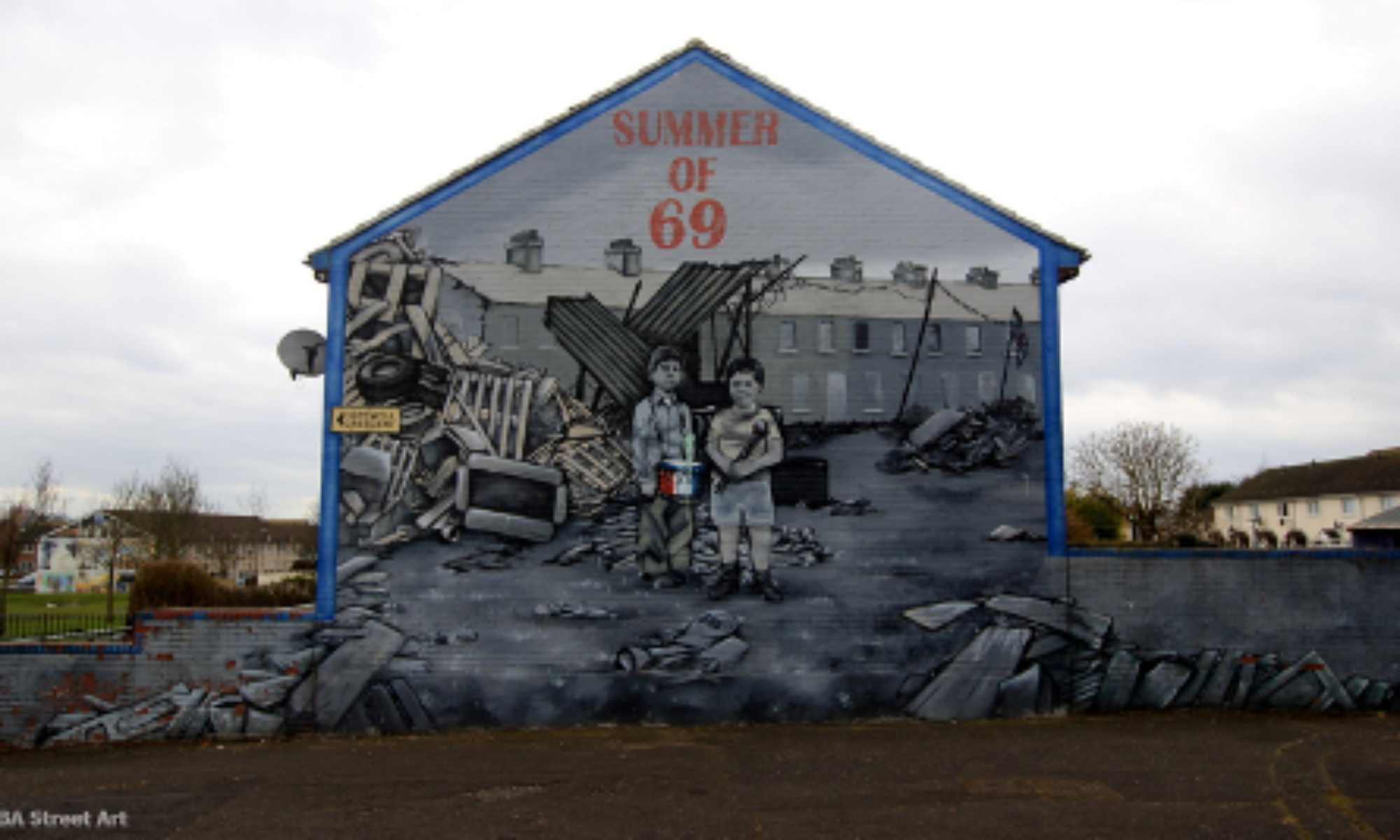At the beginning of the semester, I knew absolutely nothing about Irish history, the Troubles, or even the state of Ireland today. After reading so many Irish texts about the Troubles and reflecting on American texts about things that were much more familiar to me, I think there is something to be said about the universality of the human experience all around the world. It seems that people in such different circumstances, with varying motives and experiences all went through similar emotions and came to similar realizations.
All of the movements described in the texts we have read, despite making enormous progress in some cases, failed to reach their idealistic and lofty goals. There comes a sense of frustration in all of the texts– frustration when things have not been progressing quickly enough, frustration with a system designed for some to fail, and frustration with being ignored and silenced. However, this anger is also met with hope for a government and a society that is fair and equal for all, which drives them to continue the fight. Without hope for a better future driving these movements, they would fall into indifference and helplessness, accepting the fact that things will never change. The fact that anger and frustration partners so clearly with hope in almost all of the texts we have read demonstrates a desire for a better society, a better life, and a better future that is present in all of us.
If I have learned one thing from reading about these movements from very different parts of the world, it is that change is extremely difficult to bring about, but it is possible with hope, persistence, and passion. These people like Martin Luther King Jr., Huey P. Newton, Eamonn McCann, Bernadette Devlin, and many more made our world what it is today not only by their actions, but by sharing their ideals and their stories in writing. They demonstrated persistence and passion for their cause, and they managed to make a change in a system so resistant to it.
